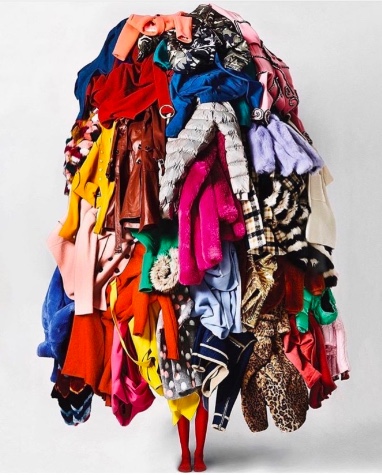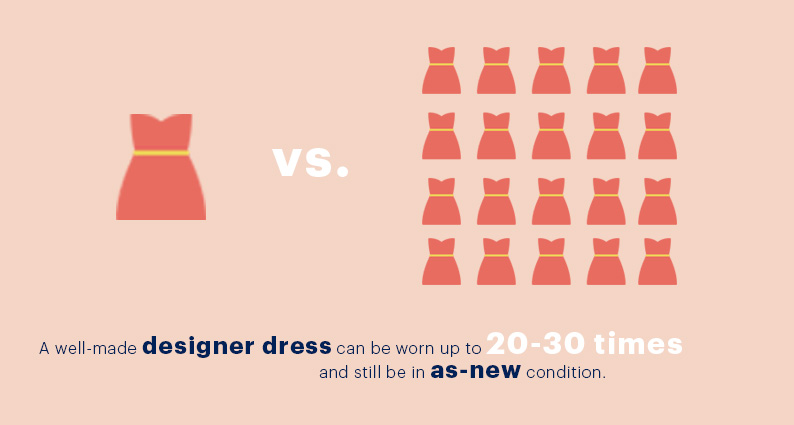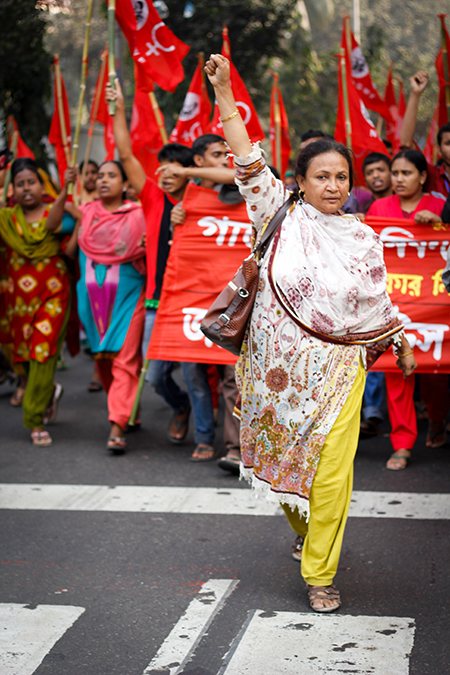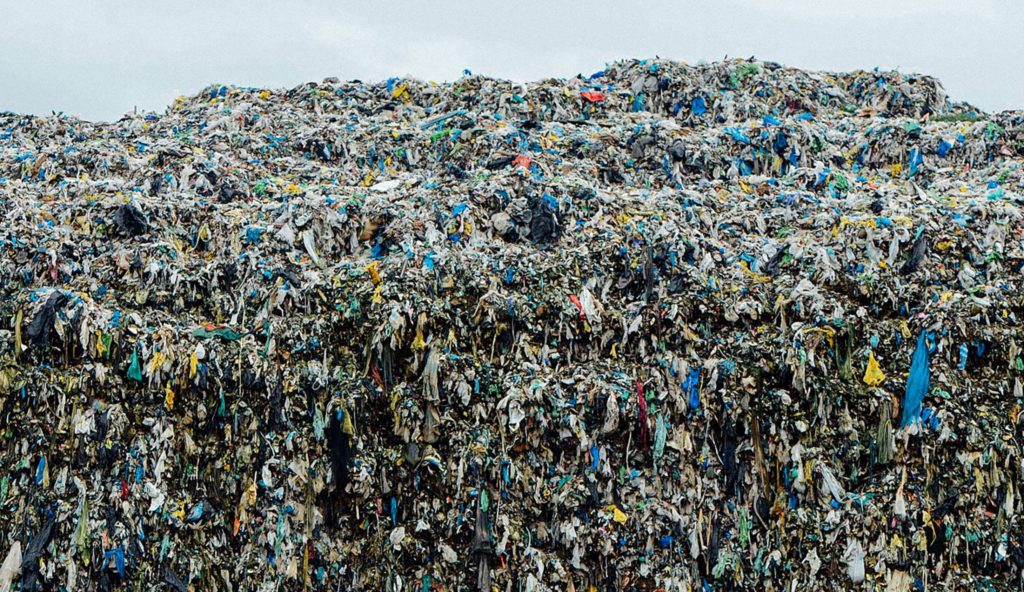If you’re like I was a couple of years ago, you’re probably completely oblivious to the affect fashion has on the world. Ignorance is bliss but I have to burst your bubble!
Like you, I love fashion but we can’t ignore its bad side. It’s part of being human in the 21st century, like knowing why disposable coffee cups and plastic bags aren’t as convenient as they used to be. We just know better, and make better choices as a result. Fashion is going the same way. Sustainability is on-trend and fast fashion is as fashion forward as a coal mine on the Great Barrier Reef (sorry Adani).

So what’s the problem? Answer; our fashion appetite has grown so large and so fast that it is now becoming one of the world’s largest pollution problems.
If you’re like I was, the next response is; it’s too complicated and confusing to avoid. Too hard, too much, where do I start …
Good news. It’s not really that hard to get your head around. It boils down to this; to understand why we have a problem you need to understand how we buy, how it’s made and how it’s disposed of. That’s pretty much it.
How We Buy
As with most environmental issues, the leading cause is human consumption. So let’s start here. In fashion we’ve become really good at making A LOT of clothing VERY fast. It’s called …. ‘Fast Fashion’! A not so creative name for such a creative industry.

- In general, we consume about 80 billion pieces per year! That’s a lot considering only just over 1 billion people live in developed countries.
- The average Australian person buys 27kg of clothes per year. This person will only wear 33% of their wardrobe, and only 20% of it regularly.
- Yeah but I don’t have that much… Hmmm, how often do you Marie Kondo your wardrobe?

So, I just need to buy less??
Well yes, you need to buy more sustainably and look for quality pieces. That’s not the full story though.
How It’s Made?
Fast fashion is so popular because it’s cheap but, things are cheap for a reason. It’s called ‘economy of scale’. Basically, if you consume more you pay less. If you can buy a T-shirt for the less than a cup of coffee imagine how many t-shirts we must consume!! So here is the real cost:
The treatment of garment technicians, mainly women, in many factories that supply our big name retailers is shameful.
- Over 50,000,000 women are employed in fashion garment making. In Bangladesh and Pakistan these women only earn around $150 AUD per month and work up to 140 hours per week.

- This is below the poverty line and not even enough to support basic human needs like food and rent. As a result these women live together away from their families and can only afford meat once a month if they’re lucky.
- The Rana Plaza collapse which killed over 1,100 people in Bangladesh and the KiK fire in Pakistan. It killed 258 woman. Or the Tazreen Dhaka fire that killed 117. Fashion literally costs the lives of thousands of people.
- Fun fact. Fashion is the 2nd largest polluting industry in the world. Only the oil industry is worse.
- 20,000 litres of water is needed to make 1 kg of cotton. A T-shirt takes over 2,700 litres of water to create. A pair of jeans takes 6,800 litres. So that’s like… 12 years worth of drinking water for a person.

How clothing is disposed
- The average Australian person throws away 85% of their clothing into landfill. That’s 27kg of clothing per year, 2nd only to America. Hmm that’s about the weight of 200 T-shirts.
- The US throws away 15 MILLION tonnes of clothing per year alone! This all goes into landfill and WILL NOT breakdown even for your great great great great great great great great grand kids. That’s because 60% of all clothing is polyester (plastic).

It’s easy to feel overwhelmed and hopeless by all of this. Knowing what we know though, can we just sit by and do nothing. Just like the movement to ban plastic bags or using reusable coffee cups, we are more environmentally woke now, and if we all live a little more consciously, maybe we can save the world.